Kabocha squash, often referred to as Japanese pumpkin or Baby Pumpkin (贝贝南瓜 in Chinese), has gained immense popularity for its sweet, nutty flavor and velvety texture. Steaming a whole kabocha squash is a preferred cooking method for many home cooks and chefs alike, as it preserves the vegetable’s natural sweetness and nutrients while achieving a tender, melt-in-your-mouth consistency. However, determining the exact steaming time can be tricky, as factors like size, thickness, and stove heat vary. This article delves into the science and art of steaming kabocha squash, providing a detailed guide to help you achieve perfection every time.
Understanding Kabocha Squash: A Brief Overview
Kabocha squash (Cucurbita maxima) is a winter squash variety native to East Asia, though it is now cultivated globally. Its dark green, knobbly exterior hides a vibrant orange or yellow flesh that is both dense and moist. Unlike butternut or acorn squash, kabocha has a uniquely dry texture when cooked, making it ideal for soups, purees, and even desserts. Its natural sweetness intensifies during cooking, offering a flavor profile reminiscent of sweet potato mixed with chestnut.
Steaming kabocha squash whole is advantageous for several reasons. First, it retains more nutrients compared to boiling, as fewer vitamins leach into the water. Second, steaming prevents the flesh from becoming waterlogged, preserving its concentrated flavor. Finally, cooking the squash intact ensures even cooking and a smoother texture, as the steam circulates uniformly around the vegetable.
The Science of Steaming: How Heat Transforms Kabocha Squash
Steaming is a moist-heat cooking method that uses hot vapor to transfer energy to food. When kabocha squash is exposed to steam, the heat penetrates its tough exterior, breaking down the cell walls and softening the flesh. The process involves two stages:
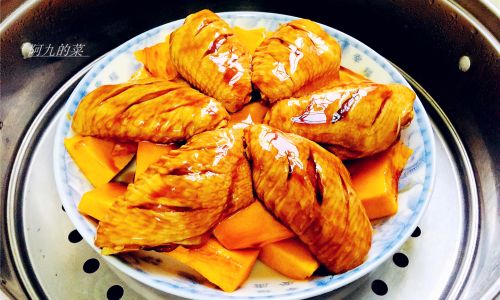
- Heat Conduction: The steam’s high temperature (212°F/100°C at sea level) raises the squash’s internal temperature.
- Cellular Breakdown: As the squash heats, pectin—the glue-like substance binding plant cells—dissolves, causing the flesh to soften.
The goal is to reach a balance where the squash is tender enough to pierce with a fork but not so overcooked that it becomes mushy.
Factors Influencing Steaming Time
No two kabocha squash are identical, and several variables affect how long they take to steam:
-
Size and Weight:
- A small kabocha (1–1.5 pounds/450–680 grams) typically steams in 20–25 minutes.
- A medium squash (1.5–2.5 pounds/680–1.1 kilograms) requires 25–35 minutes.
- A large specimen (over 2.5 pounds/1.1 kilograms) may need 35–45 minutes.
-
Thickness of the Skin:
Thicker-skinned varieties (common in older squash) require longer steaming.
-
Altitude:
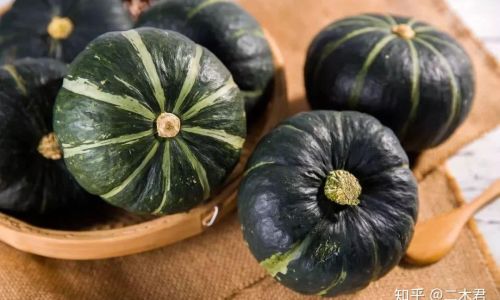
At higher elevations, water boils at lower temperatures, slowing steam production. Add 5–10 minutes per 1,000 feet (300 meters) above sea level.
-
Stove Heat:
Gas stoves heat faster than electric ones. Adjust time based on your stove’s output.
-
Starting Temperature:
Room-temperature squash cooks faster than refrigerated ones.
Step-by-Step Guide to Steaming a Whole Kabocha Squash
Preparation
- Wash the Squash: Rinse under cool water to remove dirt. Pat dry.
- Prick the Skin: Use a fork or paring knife to pierce the skin 6–8 times. This prevents bursting and allows steam to escape.
- Optional: Trim the Stem: If the stem is long, trim it to 1 inch (2.5 cm) to stabilize the squash in the steamer.
Set Up the Steamer
- Equipment: Use a steamer basket, bamboo steamer, or colander placed inside a pot with a lid.
- Water Level: Add 1–2 inches (2.5–5 cm) of water to the pot. Ensure the water does not touch the steamer basket.
- Heat: Bring water to a rolling boil over high heat.
Steaming Time
- Small Squash (1–1.5 lbs): Steam for 20–25 minutes.
- Medium Squash (1.5–2.5 lbs): Steam for 25–35 minutes.
- Large Squash (>2.5 lbs): Steam for 35–45 minutes.
Check for Doneness
- Fork Test: Insert a fork into the flesh. It should glide in easily with no resistance.
- Skin Test: The skin should pucker slightly and darken in color.
- Sound Test: Tap the squash—a hollow sound indicates doneness.
Resting Period
- Turn off the heat and let the squash rest in the steamer for 5–10 minutes. This allows residual heat to finish cooking and makes handling easier.
Pro Tips for Perfectly Steamed Kabocha Squash
- Uniform Size: Choose squash of similar size for consistent cooking.
- Avoid Overcrowding: Steam one squash at a time to ensure even heat circulation.
- Elevate Smaller Squash: Place a heatproof trivet or crumpled foil under tiny squash to prevent direct contact with water.
- Reuse Steam Water: The nutrient-rich liquid left in the pot can be used as a base for soups or broths.
Troubleshooting Common Issues
-
Squash Is Undercooked:
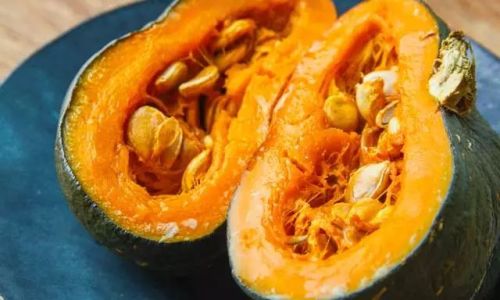
- Return to the steamer for 5–10 additional minutes.
- Check for cold spots by testing multiple areas.
-
Squash Is Overcooked:
- Reduce steaming time by 5 minutes in future attempts.
- Use overcooked squash in purees or soups where texture is less critical.
-
Uneven Cooking:
- Rotate the squash halfway through steaming.
- Ensure the steamer basket is level.
Creative Ways to Use Steamed Kabocha Squash
-
Mashed Kabocha:
- Scoop the flesh into a bowl.
- Add butter, cinnamon, and a pinch of salt. Mash until smooth.
-
Kabocha Soup:
- Blend steamed flesh with vegetable broth, coconut milk, and ginger.
- Garnish with toasted pumpkin seeds.
-
Stuffed Kabocha:
- Hollow out the steamed squash and fill with quinoa, cranberries, and pecans.
- Bake at 375°F (190°C) for 15 minutes.
-
Kabocha Hummus:
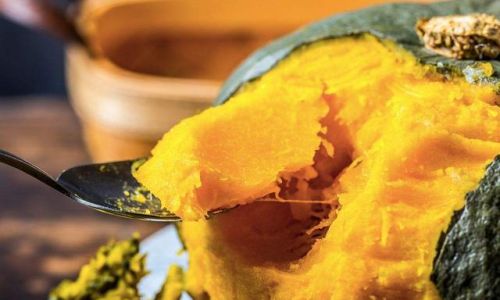
- Blend flesh with chickpeas, tahini, lemon juice, and garlic.
- Serve with pita chips or fresh vegetables.
Nutritional Benefits of Kabocha Squash
Kabocha squash is a nutritional powerhouse, offering:
- Fiber: Aids digestion and promotes satiety.
- Vitamin A: Supports eye health and immunity.
- Vitamin C: Acts as an antioxidant.
- Potassium: Regulates blood pressure.
- Beta-Carotene: Enhances skin health.
Steaming preserves up to 90% of these nutrients, making it a healthier choice than frying or roasting.
Frequently Asked Questions
Q: Can I steam kabocha squash with the skin on?
A: Yes! The skin is edible and softens during steaming, adding a pleasant chewiness.
Q: How do I store steamed kabocha squash?
A: Refrigerate in an airtight container for up to 5 days. Freeze portions for up to 3 months.
Q: Can I steam kabocha squash in a microwave?
A: While possible, microwaving may yield uneven results. Pierce the skin and cook on high for 5-minute intervals until tender.
Q: Why is my kabocha squash watery?
A: Oversteaming can cause waterlogging. Stick to recommended times and avoid opening the lid during cooking.
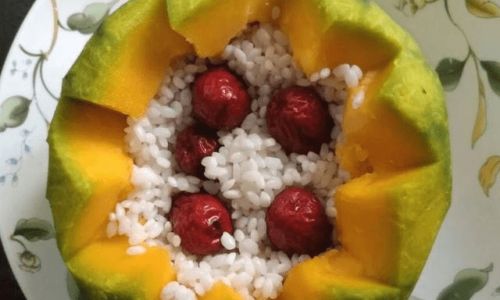
Conclusion: Mastering the Art of Steaming Kabocha Squash
Steaming a whole kabocha squash is a blend of patience and precision. By understanding the variables at play—size, heat, and altitude—you can tailor your approach to achieve flawless results. Whether you’re crafting a creamy soup, a hearty salad, or a simple side dish, steamed kabocha squash offers versatility and depth of flavor. Experiment with seasonings and preparations, and soon you’ll find that this humble squash becomes a staple in your kitchen repertoire.
Remember, cooking is an evolving skill. The first time you steam a kabocha squash, set a timer but rely on your senses—the aroma of sweet, caramelized flesh and the tender give of the skin are unmistakable signs of success. With practice, you’ll intuitively know when your squash is ready to grace the table. Happy steaming!
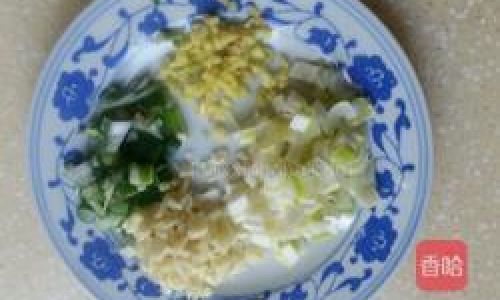
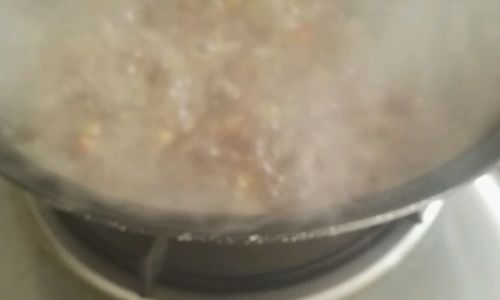
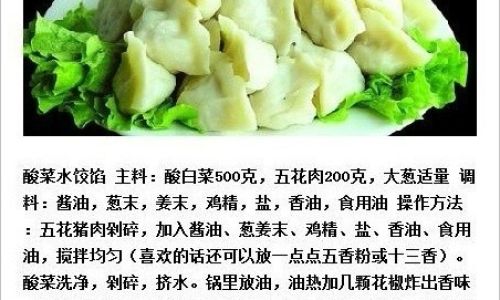
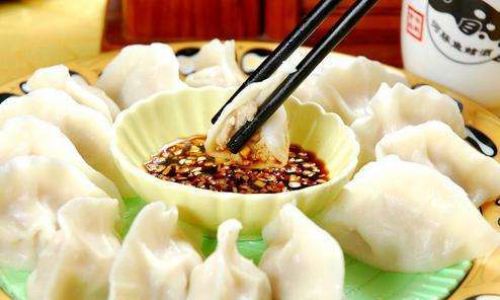

0 comments